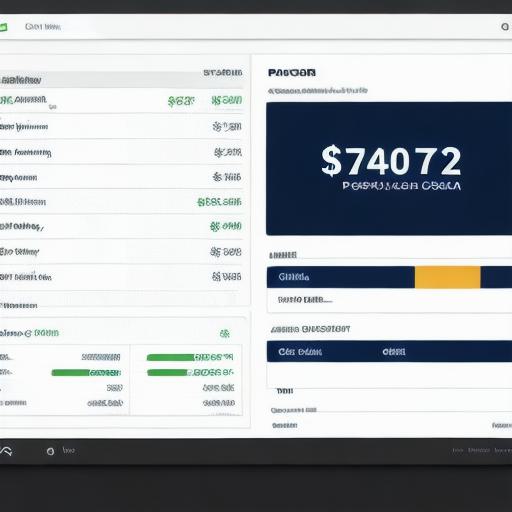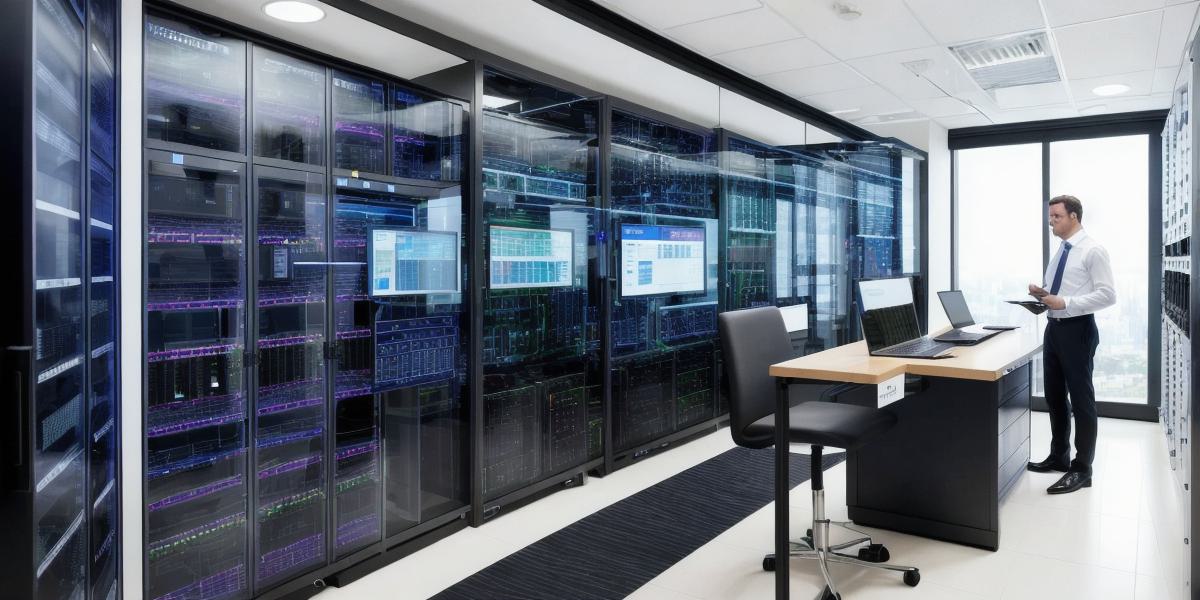Data rooms, also known as virtual data rooms or VDRs, are secure online platforms used for the storage, organization, and sharing of sensitive documents during mergers and acquisitions (M&A) or fundraising processes. While the benefits of using a data room are numerous, understanding the associated costs is crucial for any organization embarking on such a process. In this text, we will explore the typical cost ranges for data rooms and the factors influencing their pricing.
Cost Ranges for Data Rooms
Data room prices can vary significantly depending on the specific needs of an organization. Generally speaking, however, costs range from as low as $500 per deal up to several thousand dollars per year for enterprise-level solutions.
Let’s break down some common pricing models:

- Per Deal: Some data room providers charge a flat fee per transaction or deal. This can be an attractive option for small organizations with infrequent M&A activities.
- Annual Subscription: Many providers offer annual subscriptions, which can accommodate unlimited deals and provide additional features such as custom branding, advanced analytics, and dedicated support.
- User-Based Pricing: Other data room solutions charge based on the number of users accessing the platform. This model may be suitable for larger organizations with a more extensive team involved in each deal.
Factors Influencing Data Room Costs
- Features and Functionality: The level of sophistication and customization required can significantly impact data room costs. Advanced features like granular access controls, automated Q&A sessions, or real-time document tracking may come with an additional fee.

- Support and Service: Dedicated support, training, or custom integrations can increase the overall cost of a data room solution.
- Industry-specific Regulations: Compliance with specific industry regulations (e.g., HIPAA, GDPR) may require additional security measures and customizations, leading to higher costs.
- Volume and Frequency of Deals: The number and size of deals being handled can influence the cost of a data room solution. High-volume users or those with frequent transactions may be eligible for discounts or tiered pricing plans.
- Third-Party Integrations: Integrating third-party tools, such as document management systems or financial analysis software, can add to the overall cost of a data room solution.
In conclusion, understanding the factors that influence data room costs is essential for organizations planning an M&A activity or fundraising round. While costs can vary widely depending on the specific needs and usage patterns, considering the above factors can help determine which pricing model best suits your organization’s requirements.
